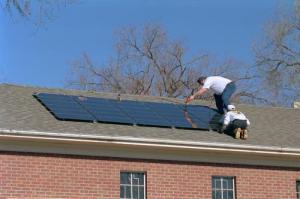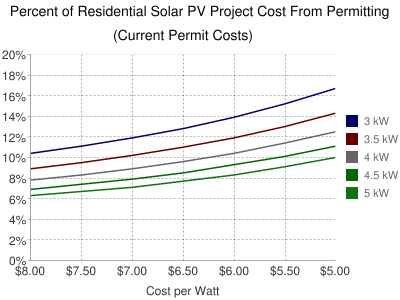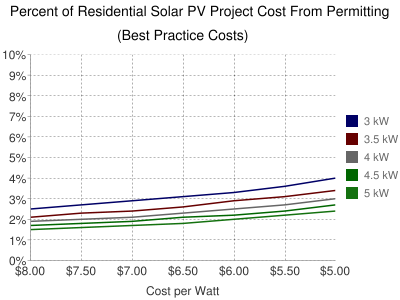Feed-in Tariffs Needed After Grid Parity
 Craig Morris has a thorough discussion of why feed-in tariffs (CLEAN Contracts) and other renewable energy policies are still necessary even when renewables get to grid parity. It’s a direct response to an earlier piece on Renewable Energy World claiming that the best strategy for solar is to get off incentives.
Craig Morris has a thorough discussion of why feed-in tariffs (CLEAN Contracts) and other renewable energy policies are still necessary even when renewables get to grid parity. It’s a direct response to an earlier piece on Renewable Energy World claiming that the best strategy for solar is to get off incentives.
First, he notes that there’s a pervasive myth that feed-in tariffs have failed:
In fact, every gigawatt market in the world for PV was driven by feed-in tariffs. Mints is right that some of these markets have gone bust, but do the other markets (like Germany) that haven’t gone bust not show us how to do it right? I can’t say that of other PV policies (think of the US or pre-FIT Britain).
Can we agree that solar feed-in tariffs have not failed in “most” countries – and that no non-solar FIT market has undergone boom-and-bust anywhere? A more accurate description would be that feed-in tariffs are the only policy that has led to major success stories for solar, but that some incompetent governments threw in the towel when they saw the price tag.
Morris also notes that the price tag is another myth – feed-in tariffs are a less expensive policy tool than most others:
Mints writes, “Here’s the golden rule of incentives: they are expensive, and someone has to pay the bill.” Actually, it’s photovoltaics that’s expensive, not feed-in tariffs. Studies have repeatedly found that feed-in tariffs are the least expensive way to promote renewables.
The bigger issue is that getting to grid parity is not an end in itself:
FITs for wind and biomass have generally always been below the retail power rate, so why should anything change when solar is no longer the exception? As Mints herself points out, conventional energy sectors also continue to be subsidized. Why should the situation ever be any different for photovoltaics?
Morris goes on to describe how solar below the retail rate will create a massive rush to solar that will actually make electricity more expensive (as solar installers take a larger cut of the favorable economics and increased solar capacity scales down baseload fossil fuel power plants during peak hours). Instead:
But what we probably need over the long run are feed-in tariffs that pay for power production from intermittent sources (especially solar and wind) with a fluctuating premium based on power demand; when renewable power production approaches or exceeds demand too often, the premium will not be paid, and investments in such technologies will not pay for themselves as quickly. The floating cap will find itself, so to speak.
The Germans have already adopted such a policy, called “own generation“. And a few U.S. states – where solar is already cheaper than peak electricity prices – will need a similar policy innovation.
Photo credit: David Parsons (NREL PIX)





 Vermont’s Standard Offer: The Stories
Vermont’s Standard Offer: The Stories A
A 

